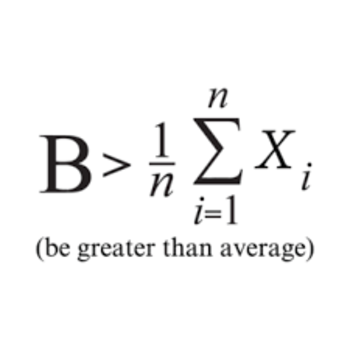When wood is burned, new substances are produced. What kind of reaction is this and what type of change occurs?
1 Answer
See below:
Explanation:
Wood is mostly made up of Cellulose, which is a polymer made up of many
So technically, burning wood is chemically similar to the metabolic breakdown of carbohydrates in your body to produce energy.
So the reaction of burning wood would more or less be:
Cellulose + Oxygen -> Carbon dioxide + water
This reaction is also exothermic, releasing heat to the surroundings- so you could say that the type of change that occurs is that chemical potential energy in the carbohydrate is turned into heat energy when it breaks down.
The solid wood is also consumed in the reaction-leaving residual ashes, which might be some materials which could not be combusted properly.
So to summarize:
Burning wood is an exothermic reaction which turns the chemical potential energy stored in the cellulose into heat energy (and light).
The most notable changes are the release of heat to the surroundings and the breakdown of the wood to form water vapor and carbon dioxide.

